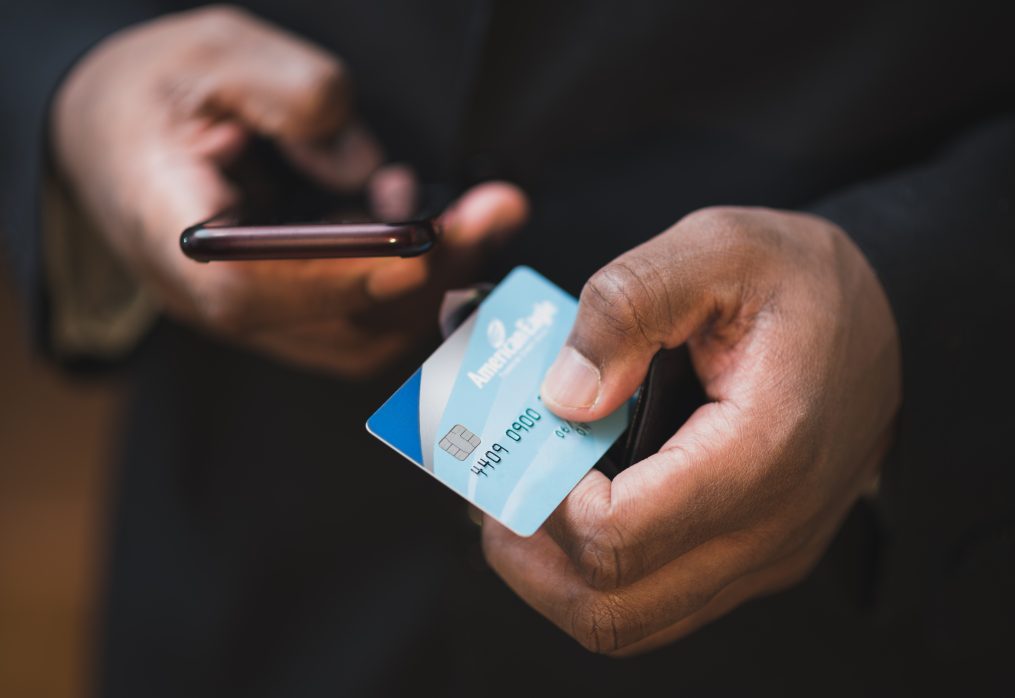Five Ways to Monetize with Mobile Applications
Mobile applications are software that comes with our phones, and there is a infinite of them that continues to grow with the popularization of the smartphone that accounts for 50% of the time used with digital media.
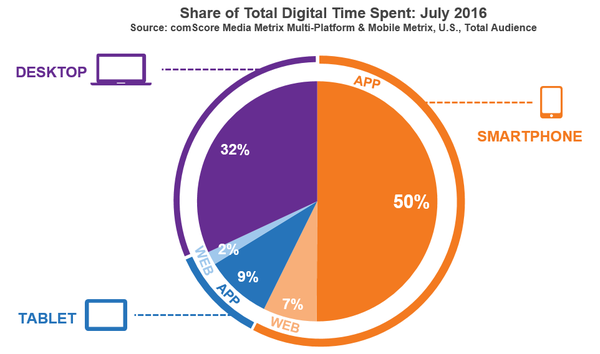
Just in the last year (2020), there were more than 210 billion downloads, and that number just keeps growing!
A study showed that the average daily use of smartphones exceeds three hours per day, replacing the time spent watching television. Check out the graphic!
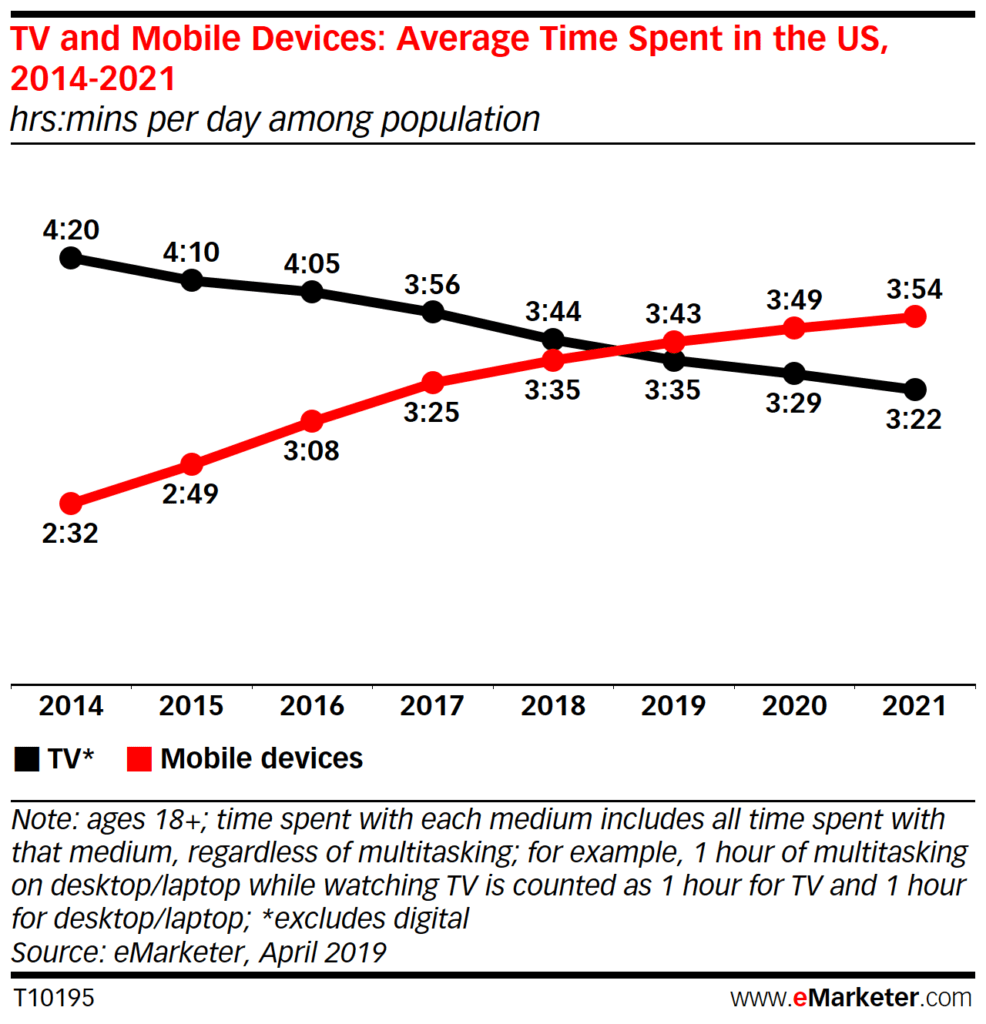
The opportunity to reach a huge audience in a growing market and to make money on top of that, cannot be missed! But do you know how to monetize your app?
While building mobile apps in the last decade, we have seen many entrepreneurs having great innovative apps but failed to succeed because they didn’t have a proper monetization strategy, on the other hand, we have seen other entrepreneurs having a great success with a regular app because they took care of the monetization strategy of the app from day one such as Facebook, which is listed in Forbes as one of the 5 most profitable companies in the world. But how to achieve such success? Learn about possible alternative strategies to make money with your mobile app!
Paid Model
The first thing we think of is paid apps, right? But this strategy needs to be looked at very carefully because almost 95% of downloads are FREE apps!
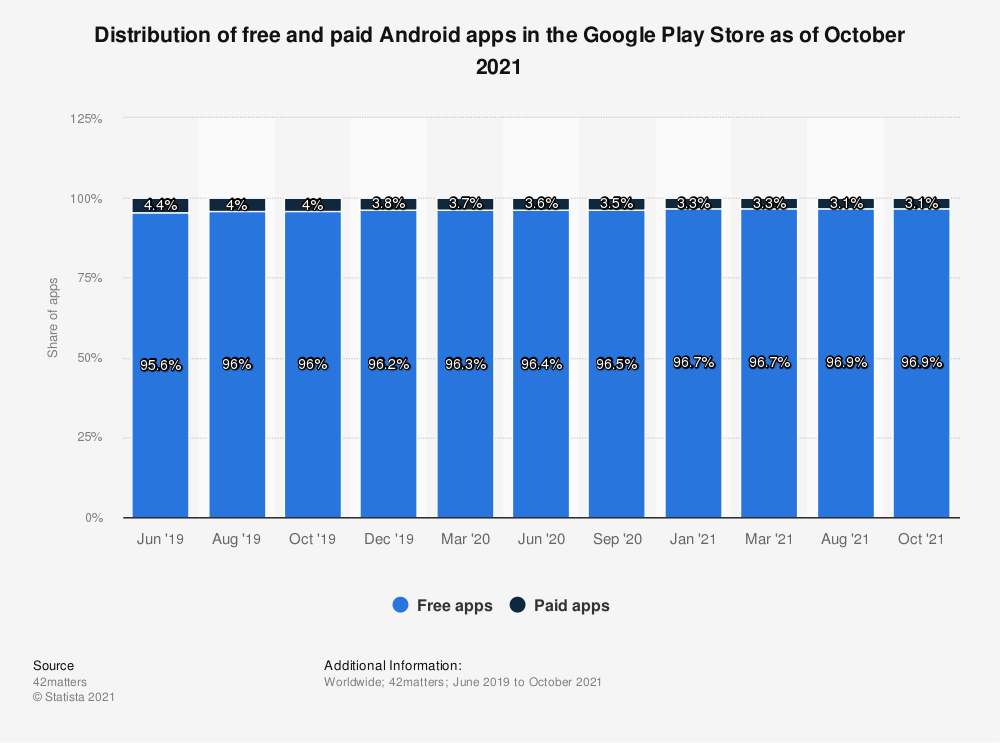
Here are some pros and cons for this model:
PROS
- Less competition in the paid app market, as much of what is made available is in the free model. (This can be a cons as well).
- Greater loyalty and engagement, since the applications need to have more quality, ensuring satisfaction and reducing the need to switch to applications offered by competitors. In addition to possible feedback that provide improvements in the software.
- Guaranteed Return on Investment, the more downloads, the greater the monetary value!
CONS
- Limited monetization possibilities, adding another “product” may contribute to non-use or renewal as the user will probably not like to spend more on the software.
- High expectations: If you buy something in a store, you always expect the best possible quality, don’t you? In the digital environment it could be no different.
- Strong competition with free applications.
It may not be a good idea to charge a fee at the time the application is downloaded, because this may cause your application to have a very low download rate, even if it offers many features and is more complex. It is good to think about other options, let’s check it out!
Free Trial Period Model
In this format it is possible for the user to use the application and all its features for a pre-established test period without paying anything. An interesting strategy to get to know the software.
In-App Purchase Model

The In-app purchase model may be an alternative in which you are charged only for in-app purchases such as premium version and additional features, not for downloading the application.
In some cases, users can still get access to premium features or functionality without paying. If they are patient enough to wait for certain features to be unlocked or to engage with the app frequently enough, then they can use the app for free indefinitely.
Strategy used by famous apps like Dropbox and Spotify and also has its positive and negative side:
PROS
- Free stuff is always attractive, with so much product available everywhere including on the digital canvas, free is still more attractive.
- It’s easy to build a large user base when you offer your free products, and with those users you can work on marketing strategies to turn them into customers!
CONS
- Even if you have many downloads it may be that some users never make any purchases and thus you will not monetize the app.
- Google and APP can take a portion of the profits, just like in paid apps.
Subsciption Model
Also known as FREEMIUM, in this model the application is free but the service is not, similar to the model in-app purchase because you can download the app for free but you need to make a purchase to use the software, pay for a subscription. In this way it is possible for applications to be discovered as free when users search for specific content. Its pros and cons are:
PROS
- It works very well for new sites and applications, as well as for sites and portals that already have a loyal audience
- Provides recurrent returns, not one-time unforeseen acquisitions
CONS
- Difficult to maintain with customers;
- The content needs to be very valuable and constantly updated;
- Difficult to find balance between what is premium and what is free.
Advertising Model
The last model is advertising, that migrated to the apps and this may be the most advantageous way to get monetization with apps. It works as follows, banners and videos appear for the user, but in a way that is profitable and not tiresome for the consumer, since this could saturate the application and lead users to uninstall the software.
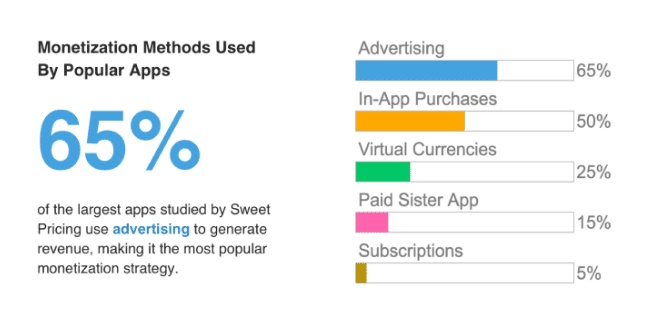
If there is the right balance, which does not hinder the user experience, it can be the most profitable option, but be aware of the advantages and disadvantages:
PROS
- Free applications attract many more users;
- You can use the apps to get database;
- With assertive ADS you can make the business very profitable.
CONS
- If ads interfere with user experience they will likely uninstall;
- Need to redesign if banner ads cover some parts.
You can use Google’s platform for this strategy, AdMob, which is a free platform with which you can earn money by displaying targeted ads along with your app’s content. You can display relevant and interesting ads to app users, and you can customize the appearance of these ads to match your app.
But Google Admob isn’t the only option for monetizing your app. You can also participate in the Audience Network, which is geared towards spreading ads using the Facebook system.
It is worth mentioning that the Facebook Audience Network works very similar to Admob – in the same way that Facebook Ads works similar to Google Adwords.
You can join the Audience Network as a developer to monetize, or as an advertiser to promote.
These are some of the ways you can monetize your app for more features. But you know what is the best model? That depends on what kind of app you have. Let us know which one you found most interesting and would like to know more about!
Source: Statistitas, Rock Content, Nizek, ComScore, Sensor Tower, Sweet Pricing.
